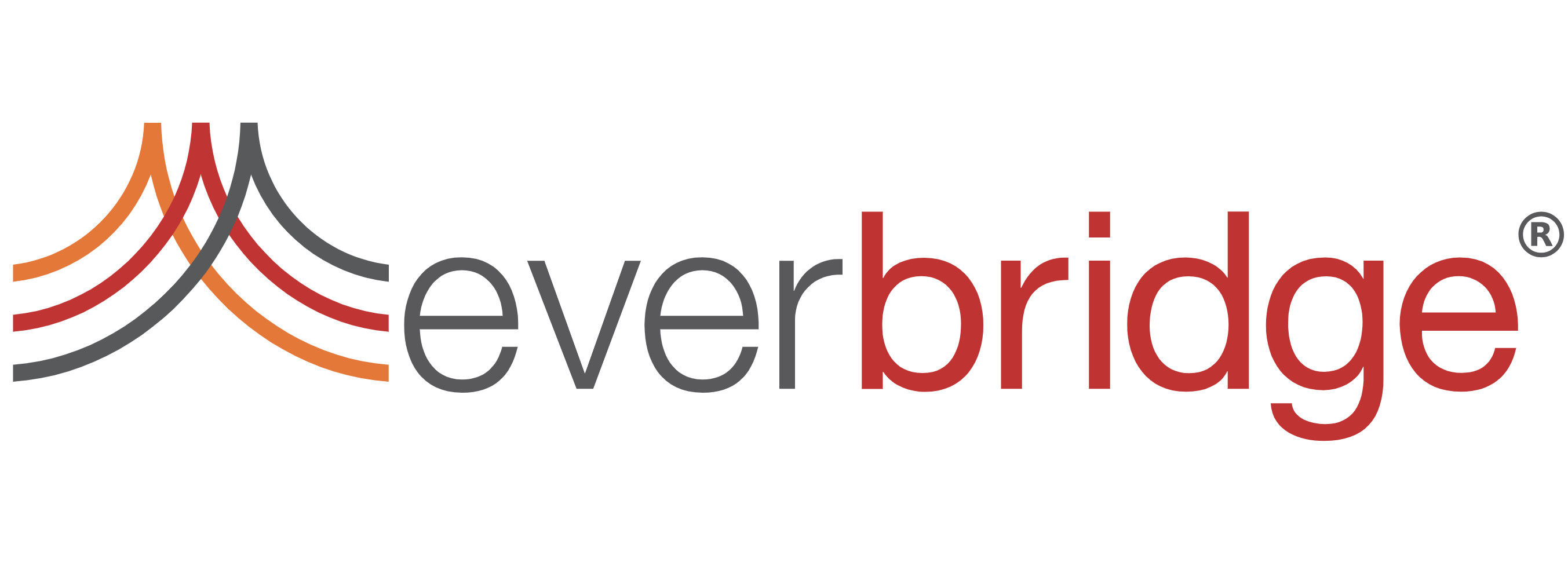sponsor content What's this?

DKosig/iStock
Crisis Communications: How Agencies Can Keep their Staff Safe in an Emergency
Agency leaders are leveraging tools and services to keep their employees safe during the COVID-19 crisis and other critical events. Here’s how.
Presented by
Everbridge

When the first case of COVID-19 was detected in the U.S. in February, many public sector organizations didn’t realize exactly how significantly the virus would alter the state of the country — and the world — in the months to come. Many found themselves lacking the necessary tools and technology to empower a remote workforce and ensure the health and safety of their employees.
The U.S. Army, however, was ready. Thanks to threat detection and risk assessment technology it already had in place, the organization has been able to inform service and staff members about ongoing safety and security threats through the crisis. That technology is known as JARVISS, or the Joint Analytic Real-time Virtual Information Sharing System, a tool they’ve had in place since 2018. (The name might sound familiar — it’s based on J.A.R.V.I.S., the AI system that supports Marvel superhero Iron Man.)
“JARVISS was launched after a rise in mass shootings on military bases, but it has been leveraged to inform other critical events including cybersecurity breaches and natural disasters,” said Steve Gardner, a technical project manager at Everbridge, the company that powers JARVISS. “Over the last few years, JARVISS has enabled military leaders to assess risks with speed and decisiveness, ensuring that existing threats don’t harm their people or disrupt their operations.”
Now, as Army personnel and other government employees are faced with the growing threat of COVID-19, JARVISS has a new mission: Tracking the spread of the virus at Army facilities across the country.
Critical Event Management in the Wake of a Global Health Crisis
These threat detection and risk assessment tools are components of a larger process known as critical event management.
“Critical event management answers the question, how do we more effectively manage specific events and instances that could put employees and citizens at risk?’” said Tracy Reinhold, chief security officer at Everbridge. “That means relying on threat intelligence to notify employees about specific events or instances, but it also requires organizations taking into consideration strategic challenges they face and leverage data to ensure employees are safe and informed in a timely manner.”
Today, as more government leaders adjust to the new normal of remote work, they’re beginning to use these tools to communicate important information to their workforce in real-time — no matter where staff are located.
For example, as the number of employees working remotely increases, so does the risk of a cybersecurity breach. Many employees are working from a less secure infrastructure, making them increasingly susceptible to an attack. Moreover, since fewer employees are working from the same physical location, they can no longer turn to colleagues to inquire about whether a suspicious email is legitimate. As a result, government employees — and their organizations — are finding themselves at greater risk.
To combat this, a number of agencies have turned to critical event management tools to notify employees about cyberthreats and ensure they know what to do if they fall victim to a phishing attempt or attack.
A Threat-Agnostic Approach to Critical Event Management
While COVID-19 is perhaps the most relevant threat government employees are facing today, it’s not the only one. Leaders must also be ready for the possibility of other types of threats to emerge, such as terrorist attacks and natural disasters, and ensure they can communicate with employees as different types of threats arise.
Reinhold refers to this as a threat-agnostic communication strategy.
“It doesn’t matter if it’s a pandemic or a natural disaster or a cyberattack,” he said. “Regardless of the type of threat, agencies need to be able to inform employees about any existing vulnerabilities and ensure they are safe.”
With employees spread out across multiple locations, many workers have different types of disasters to worry about. For example, one employee might be based in a location where natural disasters or extreme weather events, such as earthquakes or hurricanes, are more common.
“Using dynamic location services, a critical event management platform enables government agencies to geolocate individuals and inform them of critical events before they occur,” said Reinhold.
These threats and emergency events don’t discriminate. They can happen anywhere at any time — to anyone. As a result, agency leaders need an automated critical event management system that is always on.
“Many agencies aren’t staffed 24-7, but the benefit of an automated critical event management system is that it aggregates intelligence and can send notifications to staff in real-time so agency leaders don’t have to,” Reinhold added.
Designing Infrastructure for Fast, Reliable Communication
Of course, ensuring employees have access to this type of critical information when they need it requires government agencies to look critically at how they manage their information. When it comes to critical event management, agencies must strike a balance between providing enough data to keep employees safe and informed, but not so much data that staff are left feeling confused or overwhelmed.
By leveraging technology like JARVISS, agencies can more effectively manage data. With critical event management software, a combination of machine learning, AI and human intelligence aids agencies by aggregating and deconflicting data.
“An agency leader can set specific rules in a critical event management system based on the exact insight they’re looking for,” Reinhold said. “The data feed is then tailored to those specific needs and requests. Meanwhile, machine learning deconflicts what’s important to the end-user, which is then reviewed by a human analyst.”
Further, when it comes to data management, many organizations across the public sector rely on disparate systems to host data, making it difficult to manage it effectively.
The Army experienced this exact challenge firsthand prior to building JARVISS.
“Operations staff were tasked with creating manual reports based on several platforms,” Gardner said. “It was time-consuming, labor-intensive and inefficient. More importantly, it took longer to actually respond to a crisis.”
Today, JARVISS empowers the Army to respond to crises effectively through a “single pane of glass” approach that streamlines disparate systems and platforms. Transferring this data onto a single operating environment empowers the Army — among other organizations — to manage and respond to critical events efficiently.
But procuring technology that meets the unique needs of critical event management is only one piece of the puzzle; partnerships can help to unlock the potential in innovative technologies.
“When it comes to critical event management, there are a number of exciting opportunities for collaboration between the public and private sectors,” Reinhold said. “By working with industry leaders, the federal government can provide robust capabilities that allow employees to work safely and securely, both amid COVID-19 and beyond.”
To learn more about Everbridge Critical Event Management solutions for Federal agencies, click here.
This content is made possible by our sponsor. The editorial staff was not involved in its preparation.
NEXT STORY: Modernizing the Employee Experience






